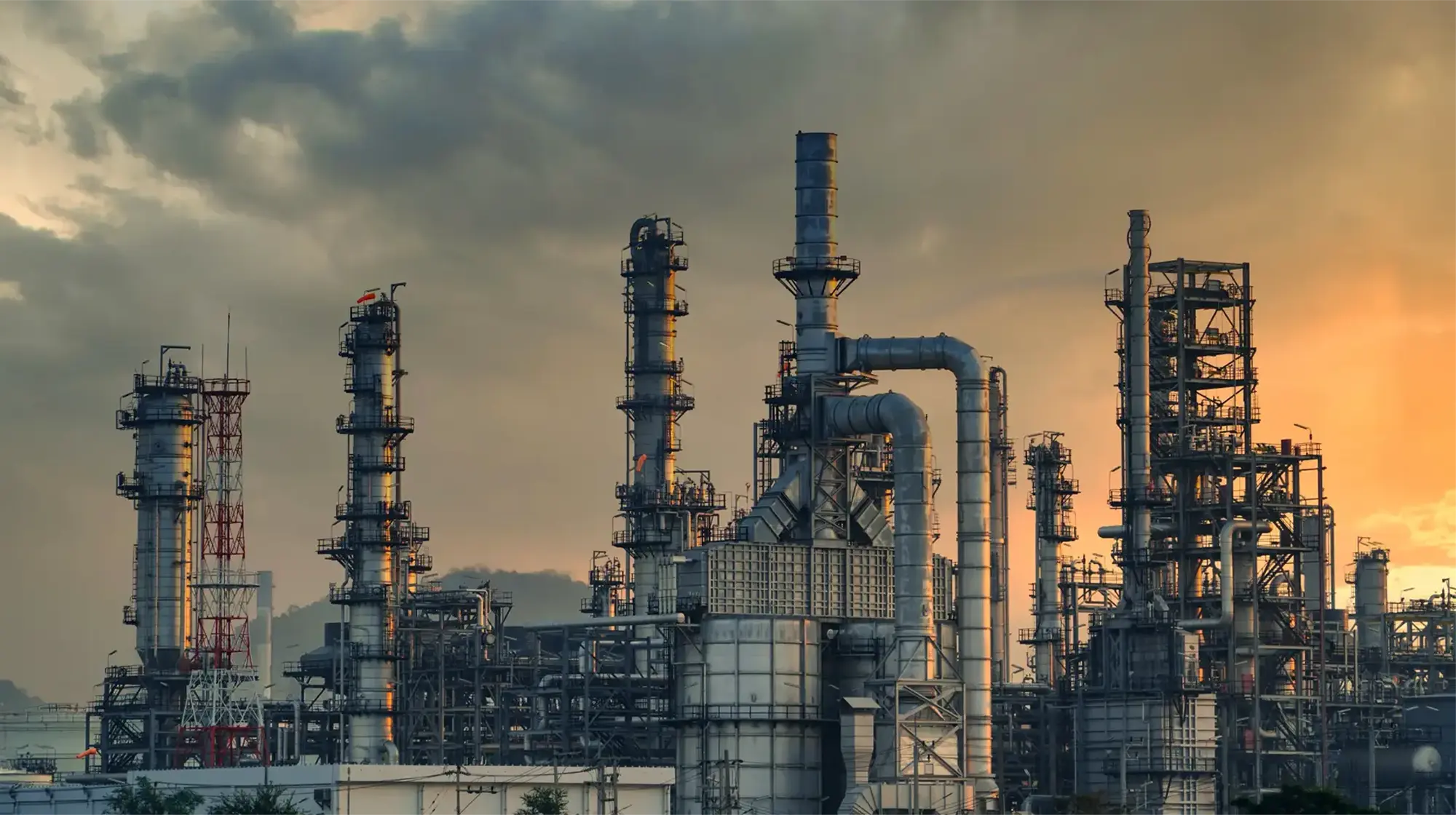Reports related to this article:
Project(s): View 8 related projects in PECWeb
Plant(s): View 1 related plant in PECWeb
Released August 29, 2023 | SUGAR LAND
en
Written by Amir Richani for Industrial Info Resources (Sugar Land, Texas)--Petroperu's upgraded Talara refinery is now ready to reach full capacity, according to a statement by the energy company. The 95,000-barrel-per-day (BBL/d) refinery has started up the new fluid catalytic cracking unit (FCCU) and the flexicoking unit, ushering in normal operations.
The start of the FCCU and flexicoking unit follows the switching of other refining units since February. The revamping of the refinery started nine years ago with the expansion of its capacity from 65,000 BBL/d. It involved investments amounting to some US$5.2 billion since 2013.
The new Talara refinery will allow Peru to produce cleaner and more efficient fuels, even from heavier crude grades, reducing the yields of residual fuels and increasing the profitability of the company.
Besides the refinery upgrade, the construction included 21 new storage tanks with a capacity of 1.5 million barrels and a new terminal for imports and exports.
Throughout June, the Talara refinery was processing almost 48,000 BBL/d of domestic crude, according to Peru's energy ministry.
Besides Talara, Peru has three refineries that include the 12,000-BBL/d Iquitos, 15,500-BBL/d Cochan and 117,000-BBL/d Pampilla. The Pampilla refinery is operated by Repsol (Madrid, Spain).
Crude supply to the new Talara refinery, however, will remain an operational concern for Petroperu, as the South American country's domestic oil production is below the refinery's capacity. As a result, Petroperu will have to import crude for the refinery to run at full capacity.
In June, Peru produced some 41,000 BBL/d of crude oil, on par with recent months. The country's oil output has been averaging lower due to the closure of the oil fields located in the forest.
Of the Amazon fields, PetroTal's (Calgary, Alberta) Block 95 has continued to operate with volumes between 18,000 BBL/d and 22,000 BBL/d since March, accounting for almost half of the nation's output.
In 2019, the oil fields located in the Peruvian forest produced between 20,000 and 30,000 BBL/d, even with PetroTal's Bretana field yielding only around 2,000 to 5,000 BBL/d.
Disputes with local communities and abandonment by the operating company led to the closure of Block 192, the nation's largest oil field in the forest. As a result, the country has experienced a lower oil output.
However, Petroperu was granted the rights to operate the asset earlier in 2023, and it expects it to be online next year.
Industrial Info Resources (IIR) is the leading provider of industrial market intelligence. Since 1983, IIR has provided comprehensive research, news and analysis on the industrial process, manufacturing and energy related industries. IIR's Global Market Intelligence (GMI) helps companies identify and pursue trends across multiple markets with access to real, qualified and validated plant and project opportunities. Across the world, IIR is tracking more than 200,000 current and future projects worth $17.8 Trillion (USD).
The start of the FCCU and flexicoking unit follows the switching of other refining units since February. The revamping of the refinery started nine years ago with the expansion of its capacity from 65,000 BBL/d. It involved investments amounting to some US$5.2 billion since 2013.
The new Talara refinery will allow Peru to produce cleaner and more efficient fuels, even from heavier crude grades, reducing the yields of residual fuels and increasing the profitability of the company.
Besides the refinery upgrade, the construction included 21 new storage tanks with a capacity of 1.5 million barrels and a new terminal for imports and exports.
Throughout June, the Talara refinery was processing almost 48,000 BBL/d of domestic crude, according to Peru's energy ministry.
Besides Talara, Peru has three refineries that include the 12,000-BBL/d Iquitos, 15,500-BBL/d Cochan and 117,000-BBL/d Pampilla. The Pampilla refinery is operated by Repsol (Madrid, Spain).
Crude supply to the new Talara refinery, however, will remain an operational concern for Petroperu, as the South American country's domestic oil production is below the refinery's capacity. As a result, Petroperu will have to import crude for the refinery to run at full capacity.
In June, Peru produced some 41,000 BBL/d of crude oil, on par with recent months. The country's oil output has been averaging lower due to the closure of the oil fields located in the forest.
Of the Amazon fields, PetroTal's (Calgary, Alberta) Block 95 has continued to operate with volumes between 18,000 BBL/d and 22,000 BBL/d since March, accounting for almost half of the nation's output.
In 2019, the oil fields located in the Peruvian forest produced between 20,000 and 30,000 BBL/d, even with PetroTal's Bretana field yielding only around 2,000 to 5,000 BBL/d.
Disputes with local communities and abandonment by the operating company led to the closure of Block 192, the nation's largest oil field in the forest. As a result, the country has experienced a lower oil output.
However, Petroperu was granted the rights to operate the asset earlier in 2023, and it expects it to be online next year.
Industrial Info Resources (IIR) is the leading provider of industrial market intelligence. Since 1983, IIR has provided comprehensive research, news and analysis on the industrial process, manufacturing and energy related industries. IIR's Global Market Intelligence (GMI) helps companies identify and pursue trends across multiple markets with access to real, qualified and validated plant and project opportunities. Across the world, IIR is tracking more than 200,000 current and future projects worth $17.8 Trillion (USD).


